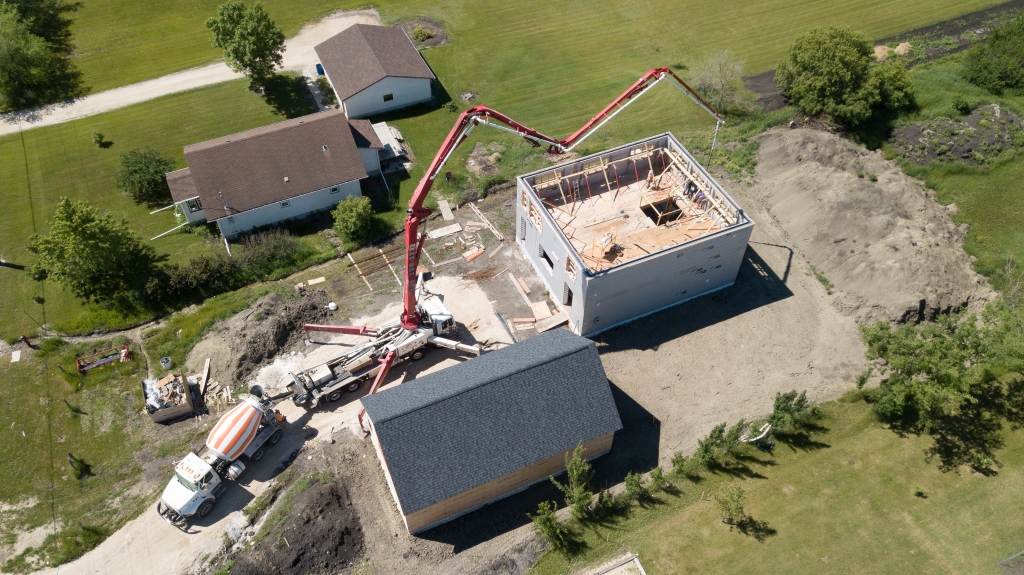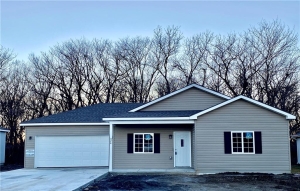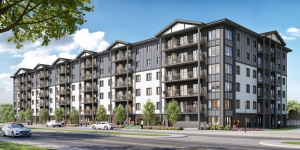Exceptionally High R-values
The most commonly used Logix ICF blocks (Logix Pro) offer a robust typical wall assembly R-value of R-25. And while that’s an impressive level of thermal resistance, especially with the amplifying “ICF Effect”, Zane knew he needed more R-values out of his ICF walls at the Bridge Road House. So, he went with the Logix Platinum series, which delivers R-28 thanks to its graphite Neopor foam panels.
But they didn’t stop at choosing an ultra-high-performance ICF block, either. The Bridge Road House walls pack an additional 4 inches of Graphite Polystyrene (GPS) insulation packed into a 10-inch core with a 6-inch concrete wall.
This simple detail allowed these ICF walls to achieve a remarkable R-value of R-46. Together with an R-100 attic, this performance metric means that heat loss is going to be an issue even on the coldest of winter days.
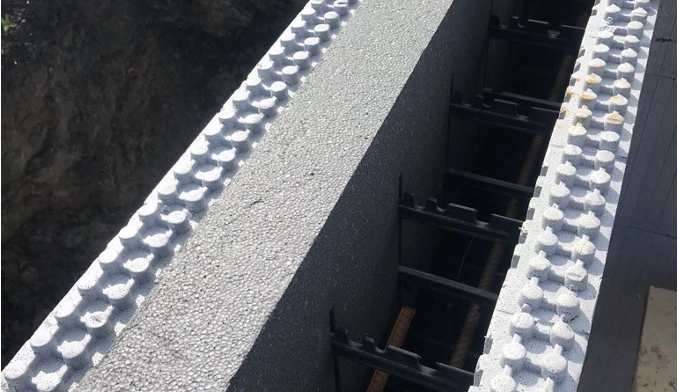
An additional 4 inches of GPS insulation packed into a 10-inch core with a 6-inch concrete wall.
High-Performance, Airtight Window & Door Opening Detailing
The Bridge Road House is built with passive-house rated windows and a prominent south-facing facade. These features allow for plenty of passive heating throughout the winter months, further curbing the home’s reliance on mechanical conditioning systems.
However, no matter how great a window is at blocking heat transfer, the window opening can be a real weak point in an otherwise airtight ICF wall assembly. Not wishing to compromise the hard-earned thermal performance of the home’s walls and attic, Zane’s team used Logix Pro Buck at the window openings.
But since the 8-inch bucks weren’t designed to interface with the additional foam insert, Zane had to get creative with the bucking detail. So, his team installed the bucks flush to the exterior, and finished the two leftover inches on the interior with a wood board and flashing.
The use of Logix Pro Buck and the effective flashing techniques gave the house an exceptional airtightness of 0.29 ACH50.
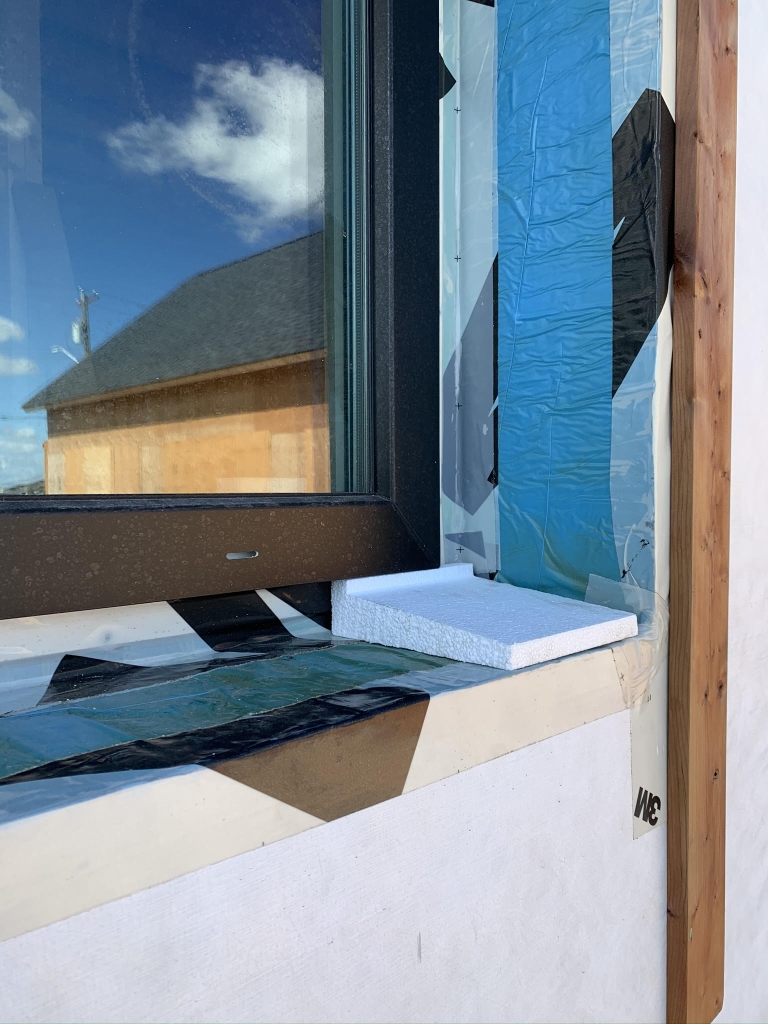
Custom Angled EPS Sill Panels Channel Water Away From The Window Opening.
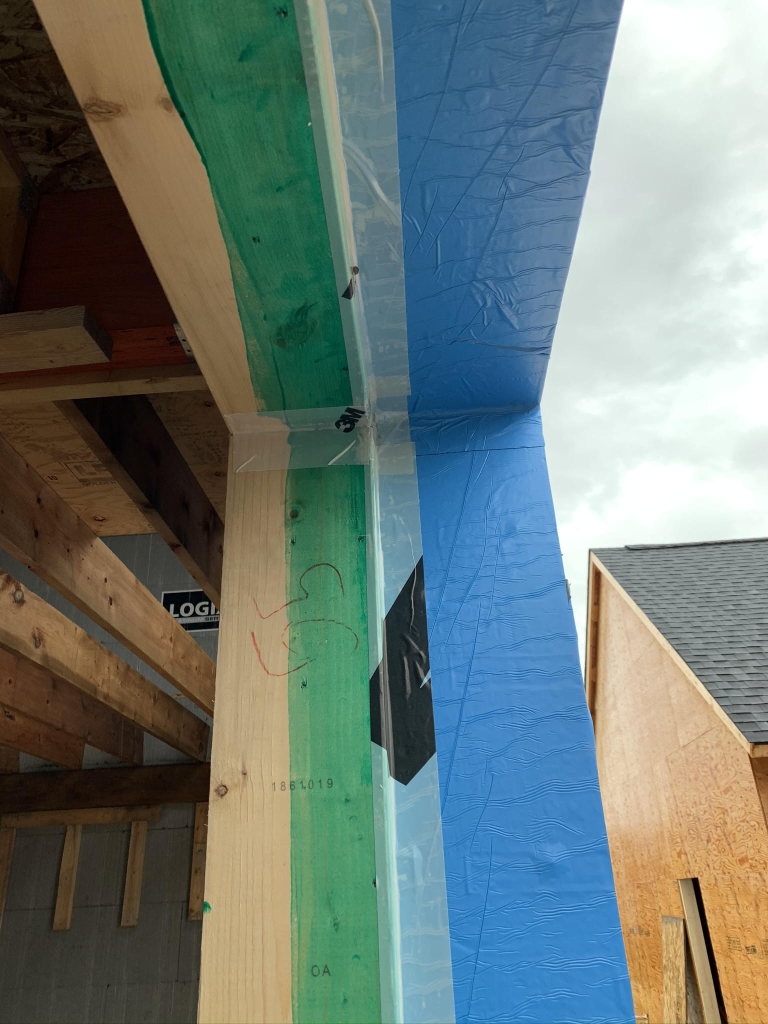
Framed out Logix Pro Buck


